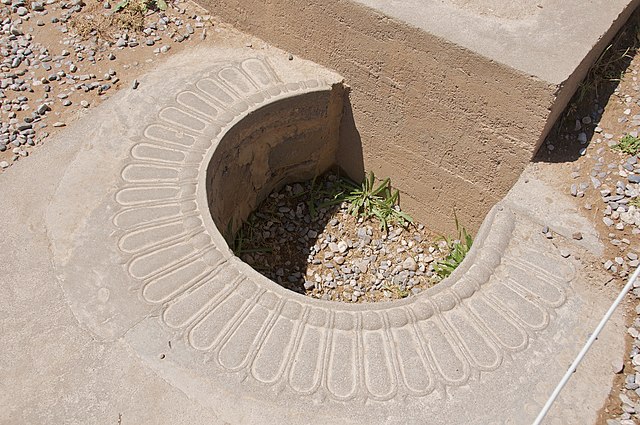A fire door is a door with a fire-resistance rating used as part of a passive fire protection system to reduce the spread of fire and smoke between separate compartments of a structure and to enable safe egress from a building or structure or ship. In North American building codes, it, along with fire dampers, is often referred to as a closure, which can be derated compared against the fire separation that contains it, provided that this barrier is not a firewall or an occupancy separation. In Europe national standards for fire doors have been harmonised with the introduction of the new standard EN 16034, which refers to fire doors as fire-resisting door sets. Starting September 2016, a common CE marking procedure was available abolishing trade barriers within the European Union for these types of products. In the UK, it is Part B of the Building Regulations that sets out the minimum requirements for the fire protection that must be implemented in all dwellings this includes the use of fire doors. All fire doors must be installed with the appropriate fire resistant fittings, such as the frame and door hardware, for it to fully comply with any fire regulations.

Fire-resistance rated door, with wire mesh glass vision panel
Industrial grade fire door rated to hydrocarbon curve and blast resistance
Double fire door immediately after 3-hour fire test inside a 4-hour rated Durasteel wall
Double fire door after 3-hour fire test in a 4-hour Durasteel wall, during successful 45PSI (3.1 bar) hose stream test leading to a UL Listing
A door is a hinged or otherwise movable barrier that allows ingress (entry) into and egress (exit) from an enclosure. The created opening in the wall is a doorway or portal. A door's essential and primary purpose is to provide security by controlling access to the doorway (portal). Conventionally, it is a panel that fits into the doorway of a building, room, or vehicle. Doors are generally made of a material suited to the door's task. They are commonly attached by hinges, but can move by other means, such as slides or counterbalancing.
Stone door in Hampi (India)
A massive door socket from Persepolis (modern-day Iran)
Roman folding doors at Pompeii, from the first century AD, similar with Neoclassical doors from the 19th century
Roman wall painting of an ornate door, in the Villa Boscoreale (Italy), from the first century AD








